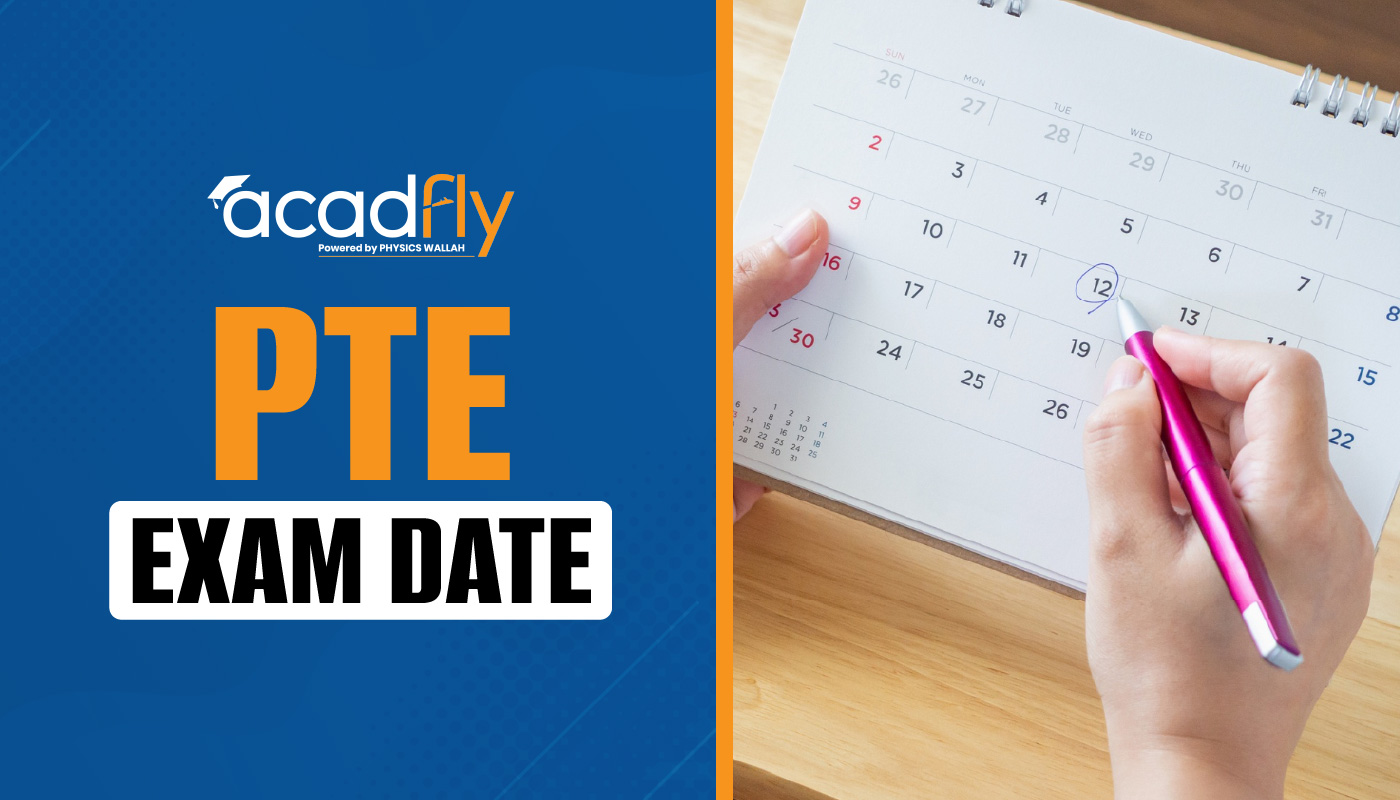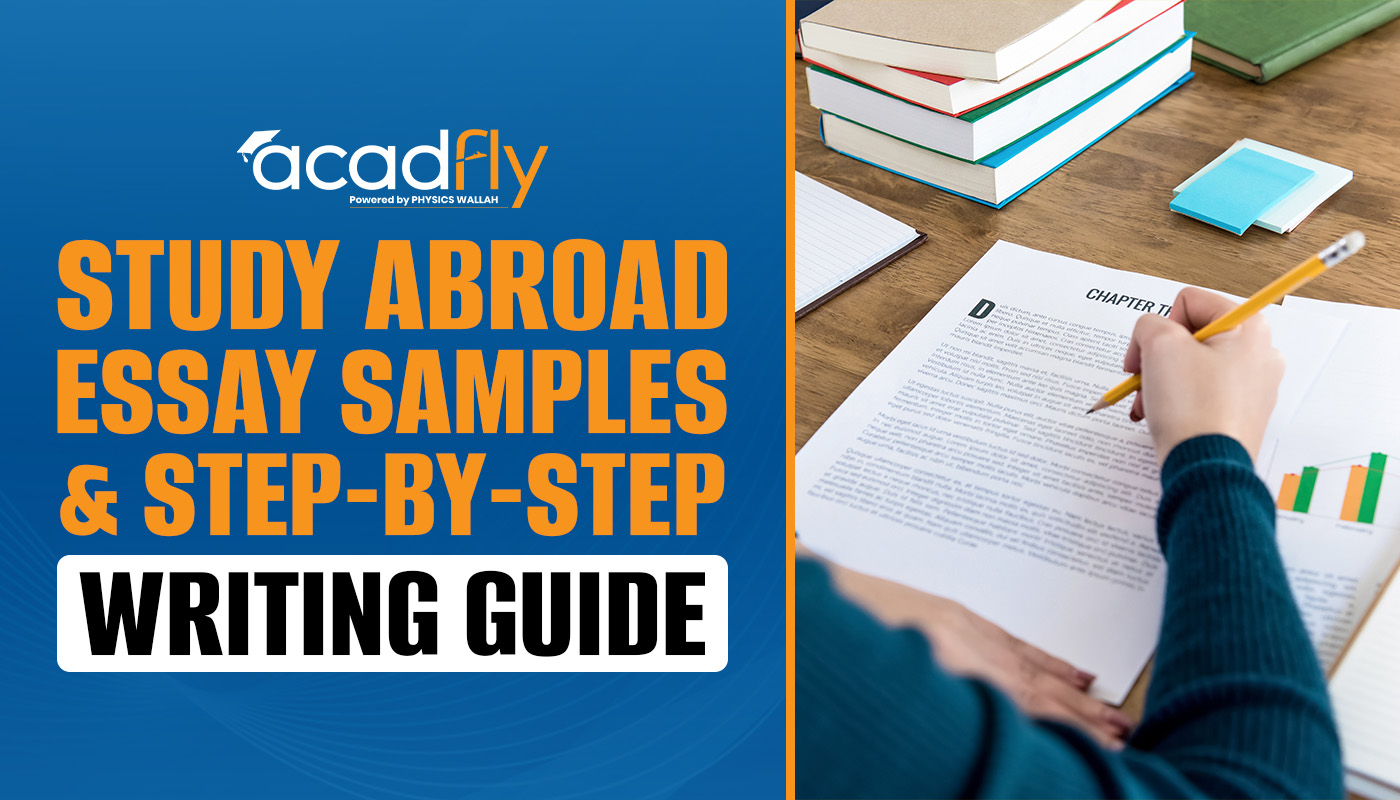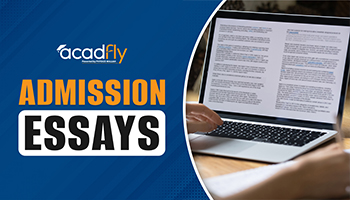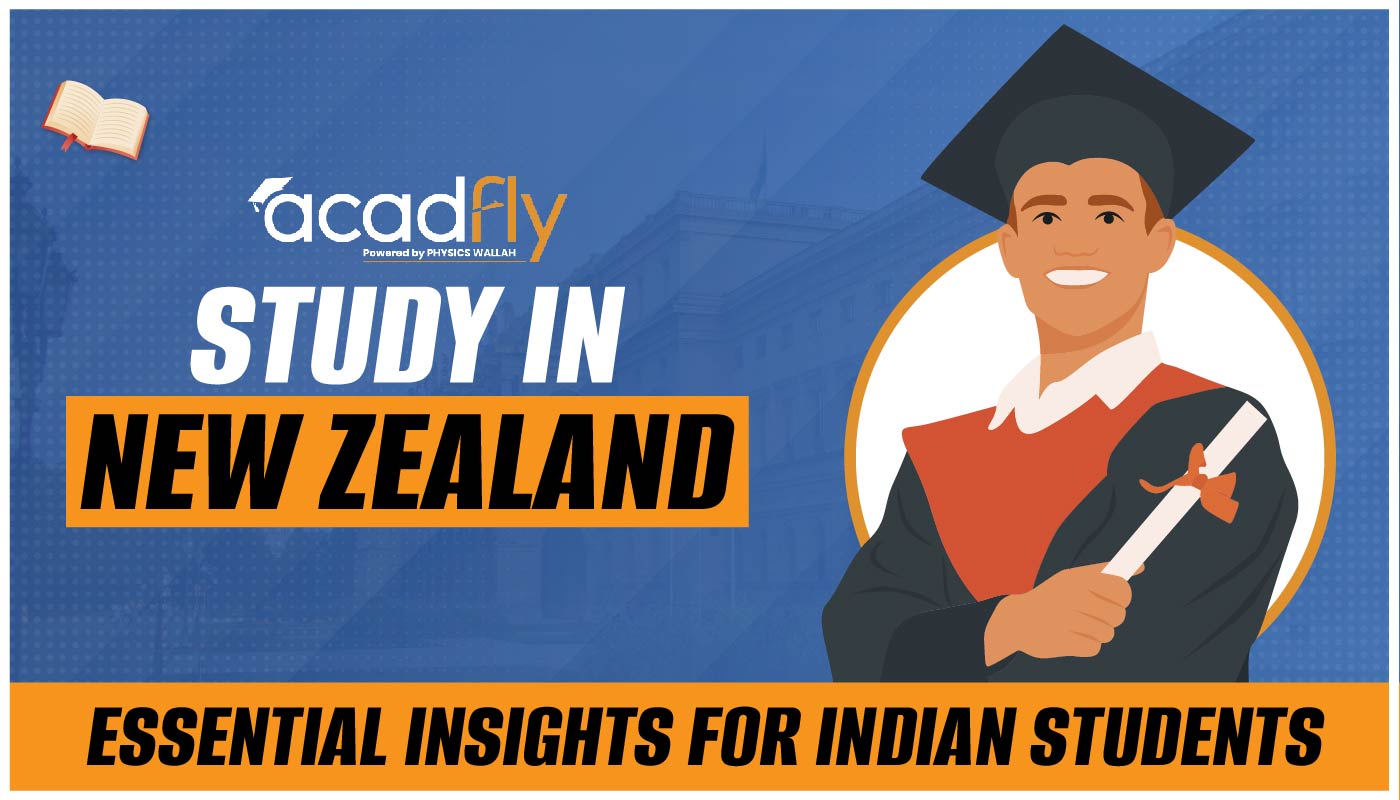


Australia Student Visa New Rules Affecting Indian Students: Indian students choose Australia as their top study abroad destination due to its high-quality universities, good infrastructure, lively cities for students, and abundant job possibilities following graduation. In the year 2025, the changes to Australia's student visa new rules will have a direct impact on Indian students and also make it more difficult for them to secure an Australian visa. The key changes will come into effect because of the Australian Government’s efforts in attracting only genuine students with study visas in Australia, as opposed to those who were looking to explore work and immigration opportunities here in Australia. Indian families need to be aware of these Australian student visa rules as they map out their overseas study plans.
Australia Immigration News for International Students
Australia has announced some significant changes in their student visa policies recently. As the 2nd largest population of international students going to foreign universities, Indian students will be majorly impacted by these new changes. Here are some key international student immigration updates to look out for:
1. Increase in International Student Cap (2026)
-
Australia will be increasing the intake of International students from the year 2026.
-
The overall student enrollment cap will increase from 2,70,000 to 2,95,000.
-
The total intake capacity of Public universities will be 1,45,000 whereas, Private universities will get 30,000 students to be enrolled.
-
As a result, more seats and opportunities for Indian students to be enrolled in Australia.
2. Increase in Australian Student Visa Fee
-
Effective July 2025, the visa fee for students will be AUD 2,000.
-
Previously, the visa fee range was AUD 710- AUD 1,600.
-
Associations like IEAA, English Australia, and ITECA have informed that Australia’s student visa is now amongst the most expensive student visas in the world.
-
Students who will apply for short-term study programs might be affected by this rule change.
3. Mandatory Confirmation of Enrollment (COE)
-
The Confirmation of Enrollment (COE) is now a mandatory document for all international students' visa application processes.
-
COE is the document which is issued to students after they are accepted by an Australian University and have also paid the fees.
-
Previously, a Letter of Offer used to be accepted for student applications, but according to the new changes, this letter will no longer be valid and will be replaced by the COE.
-
The confirmation of the Enrollment requirement is also mentioned in the Australian government’s official checklist toolkit.
4. Introduction of Genuine Student (GS) Requirement
-
In the new changes, an additional Genuine Student (GS) requirement has been added.
-
The applicants will now be required to submit a GS declaration statement.
-
The applicants have to answer certain questions as part of the online visa application process, which is necessary to prove that their main intention is to study in Australia.
-
The GS requirement is intended to make sure that the candidates are eligible for student visas and are actually here for educational purposes.
-
The GS Requirement is also mentioned in the official checklist toolkit.
5. Increase in Financial Requirements
-
Australia has increased its minimum financial requirements for international students.
-
The applicant will now have to show that they have at least
-
AUD 29,710 in savings
-
Proof of first-year tuition fee payment
-
Available funds to pay airfare expenses
-
This is so as to ensure the students have financial assistance to support themselves while studying in Australia.
6. New Acceptable English Language Tests
-
Australia has included some new English Language tests for students as eligible to apply for student visas.
-
The newly added tests are
-
CELPIP General (Canadian English Language Proficiency Index Program)
-
LanguageCert Academic
-
Michigan English Test (MET)
-
The results of the online English test are not eligible to apply for student visas.
-
Students are required to take the English language test in person to be eligible to apply for a visa.
Australia Visa Refusal Rate
Australia student visa refusal rates for Indian students have increased in 2025 due to tightened criteria for evidence of genuine intention, financial capacity, and course selection. The refusal rates have risen at various stages of the application process, with more scrutiny on English proficiency and clarity of study plans. Visa applicants need to prepare their documentation carefully to avoid errors and enhance their chances of approval.
-
Indian students face an average refusal rate of around 20% in 2025.
-
Key reasons for visa refusals include incomplete financial documentation, insufficient English test scores, or a lack of clarity in Statements of Purpose (SOPs).
-
The Genuine Temporary Entrant (GTE) or Genuine Student requirement is being strictly enforced.
-
Course selection outside the approved list or failure to explain gaps in previous studies may also result in refusals.
Education Loan to Meet GS Requirements
Students from India will have to satisfy the Genuine Student (GS) requirements of Australian student visa by showing evidence of funds for the entire course fee and the living expenses. Educational loans are now the most dependable method of demonstrating your financial capacity. Immigration officers scrutinize loan letters and related documents to ensure that the student has access to funds throughout his/her education in Australia.
-
Any education loan sanctioned by a reputable bank or an NBFC can be presented as proof for GS requirements.
-
Loan documents must be recent, authentic and transparently show the coverage for tuition fee, living costs and travel
-
An education loan can be taken in the name of the student or parents, or any close relative, with relevant documents to prove the relationship.
-
Education loans minimize the risk of visa denial when compared to the alternatives of personal savings or property documents.
Australia Student Visa New Rules Affecting Indian Students FAQs
What are the new Australian student visa new rules for Indian students?
Do the changes in Australia visa for Indian students make it difficult to get a visa?
What is the current Australia visa refusal rate for Indian students in 2025?
Can Indian students take an education loan to meet GS criteria?
Why has Australia changed the student visa rules for Indian students?










